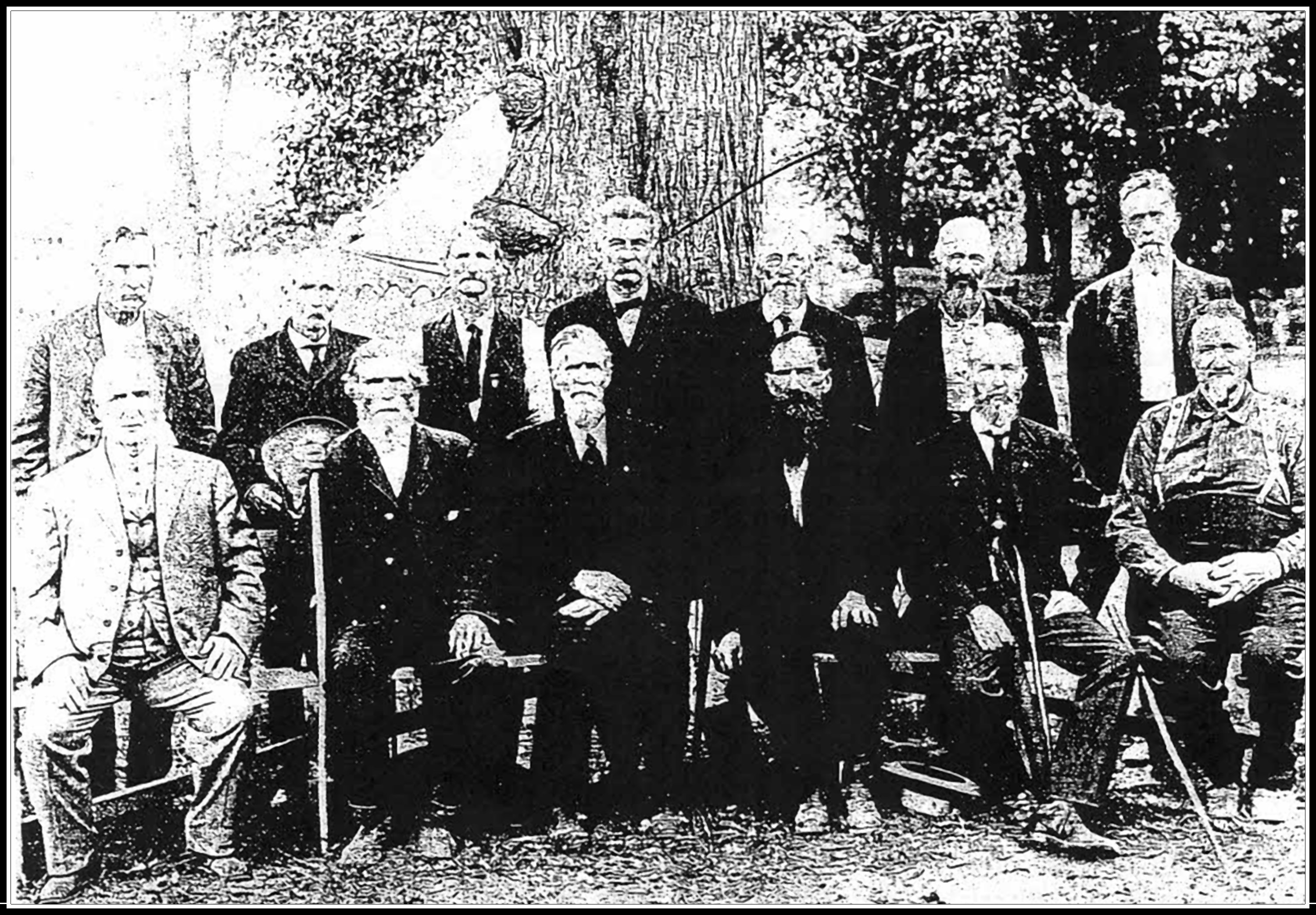
Martin County Civil War Veterans
Published in:
Footprints of Martin County, Indiana
Martin County Genealogical Society
November 16, 2015
Vol 28, No. 2, 2015
Courtesy of Cathy Clark Beard
Places
of residence of enrollees at Mustering Elm, August
18, 1862 Dover
Hill -
John W. Honnold, John Barker, Lindsay
Henson, Samuel J. Heston, David Hixon, Aaron W. Love, Michael Shirey,
James Blacies,
Doyle Bowden, Philip Carter, James Conquest, Jeremiah Clutts, George H.
Crane,
John G. Crane, John W. Crook, John Dew, Jacob H. Dumond, Joseph N.
Dumond,
James W. Freeman, William S. Gaither, Benjamer, Zacheus B. Huff,
Benjamin J.
James, Lewis James, Peter Jones, James L. Lawyer, Thomas Marlow, Samuel
Marlow,
Charles W. Marshall, Albert McBride, Mark McBride, Andrew Parker,
Harmon R.
Parker, William G. Parker, Alexander C. Porter, David R. Porter,
Frederick
Reinbold, Philip Rumpf, George Sanders, John Sanders, Richard Sanders,
James M.
Sharum, Alex D. Swaney, Jonathan Webster, Boaz Weshafer, Levi Wildman,
George
Wilson. Loogootee
-
Duke Fraim, Reuben T. Ellis, James W.
Gardner, William J. Gardiner, Crook Love, James B. Love, Moses Love,
William B.
Smith Mountain
Springs -
John B. Corbin,
Abraham Fisher, James W. Lewis, John R. Meek, Lemuel Owens, Hiram Sims,
William
Webb Shoals -
Abner R. Brown Trinity Springs - Arthur D. Hastins, John Gaither, Joseph Guthridge, Samuel P. Etchison, Benjamin James, Thomas Miller, Nathaniel Dickerson, Lewis J. Baker, Lindsay Farris, Marshall Lane, Joel B. Norman, Asa Redyard, Philip Reinbold, William Rickets, Canaan Sellers, Moses Sellers, Lewis A. Sheeks, George Tempey, Henry F. Utterback, Isaac Utterback, Robert A. Wallace, John B. Williams Company
F,
65th Click Photo To
Enlarge
On
Back of Original Photo: Various
records in the holdings of the Martin County Genealogical Society
reveal
evidence of 4 James
Best –
Private Company F, 39th
Indiana Infantry Volunteers, reorganized to the 8th
mounted Ind.
Inf. Vols. Disability from stomach disease and scurvy from exposure in William
Baldwin William
A. Harper –
Private Company [E]
& I, 93rd Regiment. Received head wound
in service and served 9
months in Andrew
James Richardson/Rit
cheson [sic] Private Company I, 91st
Regiment. Contracted scurvy and spinal trouble in The
above
named veterans listed themselves s residents of Martin county during
the
enrollments but follow up data was found only for Andrew Richardson who
died in
Martin county in 1907 and is buried in Little Hickory cemetery, which
is
located on land now occupied by the federal government. James
Best
mustered in August 29, 1861, mustered
out June 18, 1865. Resided in Bartholomew county at enrollment; Center
township, William
A. Harper –
Mustered in January
3, 1864, mustered out November 11, 1865. Resided in Walesboro,
Bartholomew
county at enrollment; Center township Martin county 1886 enrollment. Andrew J. Richardson – Mustered in January 1, 1864, mustered out January 8, 1866.
Known
Martin County Veterans who died at Andersonville
Prison BUSSINGER,
Henry
September 10, 1864
Pvt. Co. C, 14th In
1863
the area around Beginning
in November, 1863, slave labor was utilized to begin clearing the area
for
construction of the prison. The immense pine trees were cut into 20
foot logs,
planted 5 feet into the ground for a stockade, the inner one 1540 feet
long and
750 feet wide, and was enclosed by another stockade that eventually
encompassed
26 acres. A deadline 18 feet from the inner stockade greatly limited
the
inhabitable space. There were sentry boxes atop the inner stockade and
two
gates, North and South, each equipped with artillery to repel
disturbances
inside the stockades. Originally
planned to hold 10,000 prisoners, the first prisoners arrived from In
1868
the remains of veterans of the Union forces buried at Milledgeville, The
commandant of the prison during its existence was taken to |
